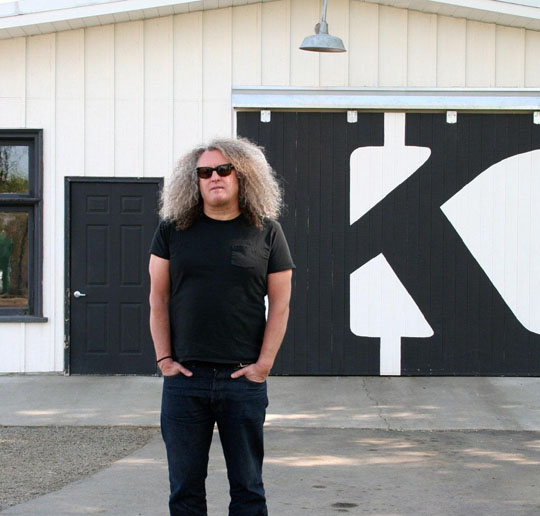Wine shops bear more than a passing resemblance to libraries. The hushed respectful tone of the staff, the way the wines are displayed on floor-to-ceiling wooden shelves with the rarest bottles set high up and only accessible by ladder. And like the covers of books, wine labels are seductive things: beautiful scripts, perhaps illuminated in gold, spelling out the name of a grand chateaux; pictures of the wine's ancestral home adding grandeur, sometimes even embossed with an impressive coat of arms. Seductive and yet understated, they unobtrusively gather dust on the shelves of specialist wine shops, waiting to be selected by some bespectacled connoisseur who will base a decision on an intimate knowledge of the wine's provenance — they don't need to be flashy to attract consumers.
But, just like the book industry, times have changed and wine is now enjoyed by people who don't possess expert wine knowledge and don't necessarily buy from wine shops. Just as you might pop into a book shop and, being attracted to the cover, pick out a volume without knowing anything about its contents, some drinkers are now honing in on names and labels — the more interesting or unusual, the better.
W hen it comes to labels, they don't come much more striking than the bold black and white numbers dreamed up by winemaker Charles Smith of K Vintners. Smith's background spans not only the wine industry but also the rock industry — he used to manage rock bands in Denmark before returning to the United States in 1999 to make wine. Talking from the U.S. in a phone interview, Smith explains how he came upon the idea for his brand's logo:



